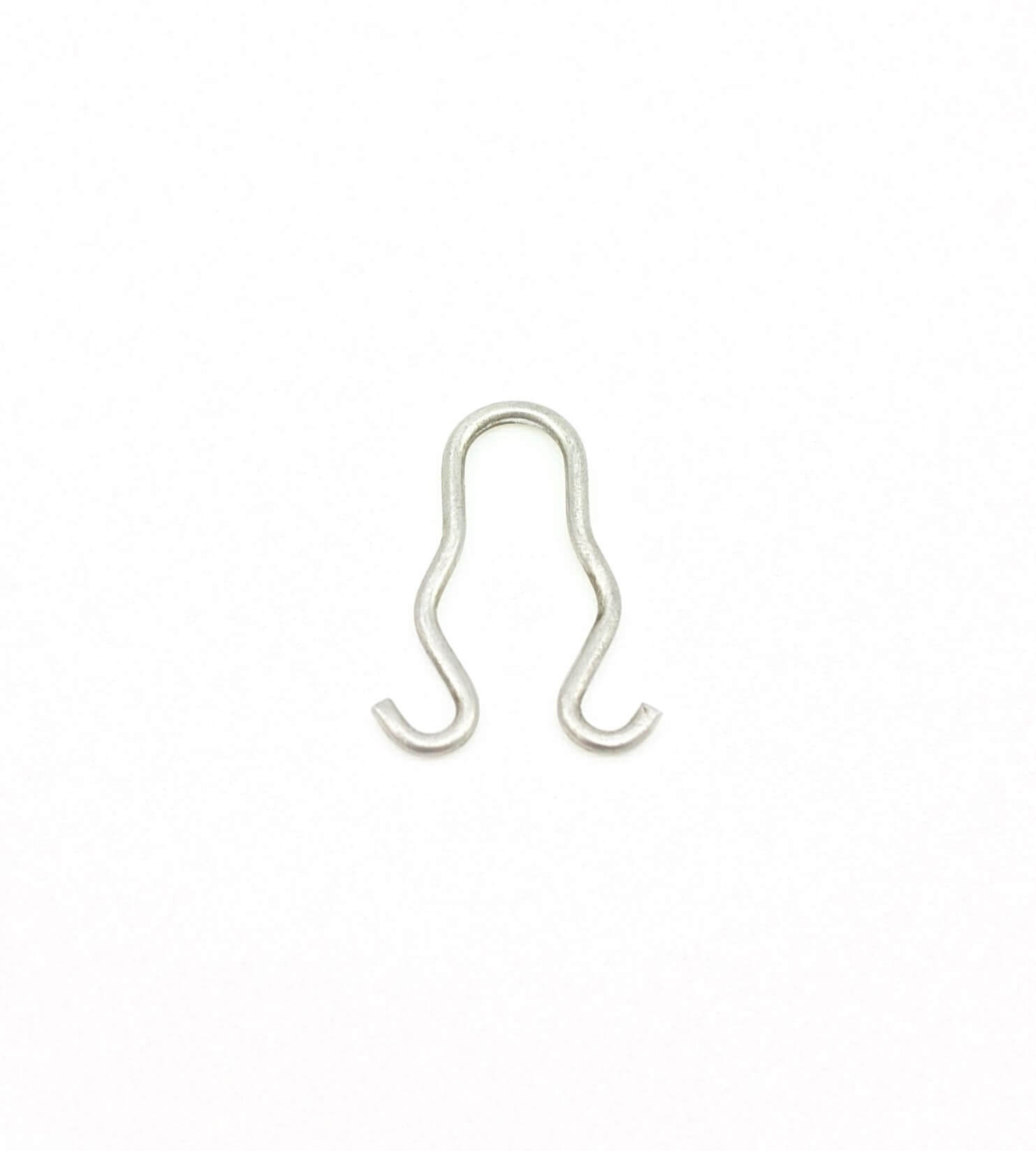Get unique, complex parts easily. No matter your requirements, Chaoyi Spring creates hard-to-produce coil springs and wire forms.
Let us help you create the custom wire form you need, from S-hooks and J-hooks to utility hooks and more.
We work closely with customers across a wide range of industries, helping them design and manufacture made-to-order parts.
Why choose Chaoyi Spring? We prioritize customer-focused collaboration, modern equipment and the latest technology to make your parts per print.
Find the information and guidance you need, from measuring a spring to learning about materials, placing an order and much more.
When it comes to mechanical systems, springs play a crucial role in providing restoring forces and storing energy. They come in various shapes and sizes, each designed to handle specific


When it comes to mechanical systems, springs play a crucial role in providing restoring forces and storing energy. They come in various shapes and sizes, each designed to handle specific loads and movements. Among these, torsion springs and compression springs are two prominent types, each with unique characteristics and applications. Understanding the differences between these two types can be pivotal in choosing the right spring for your project.

Imagine a spring that responds to twisting forces rather than pushing or pulling. That's the essence of a torsion spring. These springs are engineered to store and release energy through rotational motion, converting twisting forces into angular displacement and vice versa. Think of the spring in a retractable pen or the spring in a car's suspension that helps to control its movement. These springs are coiled, but unlike compression springs, their main function is to resist twisting rather than compression or extension.
Torsion springs are designed to twist along their axis. They are typically made of a helical coil, with the ends of the coil attached to a shaft or a frame. When a force is applied to the ends of the spring, it twists, storing energy in the process. When the force is released, the spring unwinds, converting the stored energy back into motion. This principle of twisting and untwisting lies at the heart of their functionality.
Key characteristics of torsion springs:
Compression springs are perhaps the most familiar type of spring, the one that comes to mind when you think of a spring. They are designed to resist compression forces, storing energy as they compress and releasing that energy when they expand. Imagine a simple door hinge or a spring-loaded toy; these are both great examples of compression springs at work.
These springs are typically made of a helical coil, with the ends of the coil free or attached to a fixed structure. When a force is applied to the spring, it compresses, storing energy. When the force is removed, the spring expands, releasing the stored energy and pushing back to its original position.
Key characteristics of compression springs:
While both types of springs are essential for various applications, understanding their differences can help you make informed choices. Here's a breakdown:
| Characteristic | Torsion Spring | Compression Spring |
|---|---|---|
| Motion | Angular | Linear |
| Load Type | Torque or twisting force | Axial force (pushing or pulling) |
| Energy Storage | Through twisting | Through compression |
| Typical Applications | Door hinges, retracting mechanisms, automotive suspension, medical devices | Mechanical presses, shock absorbers, automotive suspension, toys, furniture |
| Advantages | Compact design, high force capacity, excellent torque control | Easy to manufacture, wide range of designs, high load capacity |
| Disadvantages | May require specialized tooling for installation, complex design calculations | Can be bulky, may have limited travel distance |
Both torsion springs and compression springs play vital roles in countless mechanical systems. While they may seem similar, understanding their fundamental differences and applications is key to selecting the right spring for your specific needs. By considering factors like load type, motion requirements, and energy storage, you can optimize your design and ensure the best performance for your project.
When choosing between a torsion spring and a compression spring, it's essential to consider the type of motion required, the forces involved, and the desired energy storage capabilities. By carefully analyzing these factors, you can select the ideal spring for your application, ensuring efficient and reliable performance. Remember, both types of springs are indispensable in various fields, contributing to the smooth operation and functionality of numerous systems.
Browse some of the custom wire forms and springs that we manufacture. Don’t see what you need? We specialize in made-to-order products that meet your application requirements.
Visit Our GalleryNeed a custom wire form or coil spring? We make it work. Fill out the contact form and a representative will respond within 1 business day. If you have a PDF or CAD file, you can submit to request a quote.